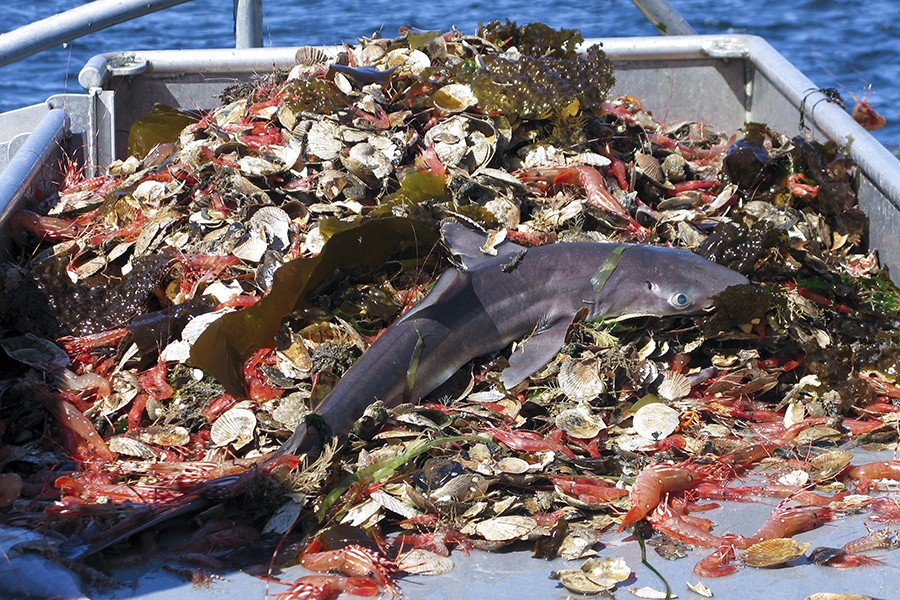One arrangement is to dispose of the tremendous measure of food squander around the world. A few reports gauge that somewhere in the range of 30 and 50 percent of all the food that is delivered is squandered before truly arriving at the table. Food squander is a colossal issue internationally, yet the reasons vary generally among nations and locales. For the most part food squander in top level salary nations is overwhelmed by purchaser squander, while non-industrial nations have higher misfortunes at the collect and handling stages because of expanded waste, stockpiling and unfortunate administration.
Americans are on the whole burning through $165 billion every year by squandering food. By and large, we squander around 450 pounds for every individual every year! As indicated by a new report from Regular Assets Safeguard Board, the typical group of four squanders 25 percent of their bought food. That is identical to about $1,750 spent consistently on food that winds up in the garbage.
The USDA assessing that general stores throw out $15 billion worth of unsold foods grown from the ground every year. An expected 40 percent of foods grown from the ground are dismissed even before they arrive at the shops, generally in light of the fact that they don’t meet the grocery stores’ “corrective” norms. Stores would prefer to fill their racks and toss out the rest of look unfilled, which costs the buyer. Squander is viewed as the expense of carrying on with work in the whole food administration industry.
Marks on food items can likewise be confounding and lead to pointless food squander. Numerous shoppers read a thing’s sell-by date as a mark of when the food will ruin. The “Sell By Date” on an item is the things lapse date, the finish of its time span of usability at the store. This is the last date stores preferably are to show the item available to be purchased. Use-by dates aren’t equivalent to lapse dates, and food is normally protected to eat a long ways past the utilization by date on the mark. Those dates aren’t normalized, and frequently food organizations will utilize these dates to possibly appraise when the item will quit tasting very as new. The termination dates are rigorously “warning” in nature and not the things genuine time span of usability. Producers decide how to set dates, what sort of dates they will utilize, and what those date implies. The framework isn’t normalized across the commercial center.
The effect of food squander isn’t simply monetary. Naturally, food squander prompts the more noteworthy utilization of fuel for transportation, land for developing, water for water system, manures and pesticides. Food squander makes up the biggest part of strong rubbish in landfills, which is the best wellspring of methane discharges. Methane is multiple times more intense than CO2 as an ozone depleting substance and quite possibly of the most unsafe ozone harming substance that adds to environmental change. The ridiculous measure of food going to landfills is a critical supporter of an unnatural weather change. While we’re squandering food, it’s not simply hitting our wallet, it’s likewise the ecological expense that is affected. Thirty to 50% is a gigantic sum to squander, particularly when food costs are rising and craving is an overall issue.






